Humanity often pays a high price for progress and understanding — at least, that seems to be the case in many famous psychological experiments. Human experimentation is a very interesting topic in the world of human psychology. While some famous experiments in psychology have left test subjects temporarily distressed, others have left their participants with life-long psychological issues. In either case, it’s easy to ask the question: “What’s ethical when it comes to science?” Then there are the experiments that involve children, animals, and test subjects who are unaware they’re being experimented on. How far is too far, if the result means a better understanding of the human mind and behavior? We think we’ve found 20 answers to that question with our list of the most unethical experiments in psychology.
Emma Eckstein

Though 27-year old Emma Eckstein only sought the help of Sigmund Freud for stomach ailments and a slight depression, the famed Austrian doctor decided to unethically use the young woman in a series of experiments. Freud repeatedly told Emma that she was being treated for “hysteria” and “excessive masturbation,” two habits that were then considered signs of ill mental health. In one notoriously disastrous treatment, Emma was given only cocaine and a local anesthetic before the inside of her nose was cauterized. Freud continued to “treat” Emma for three years, and exactly what his intentions were with the young woman remain unclear to this day.
Electroshock Therapy on Children

Dr. Lauretta Bender of the Creedmore Hospital in New York spent much of the 1960s subjecting young children to electroshock therapy. Dr. Bender chose her patients through an interview process which included applying a small bit of pressure to a child’s head as they sat in front of a large group. Any child who moved with the pressure, asserted Dr. Bender, was showing early signs of schizophrenia. She believed this harsh therapy to be a revolutionary treatment for those with social issues, and her contemporary peers reported that she never showed any kind of sympathy towards the children in her care. Ultimately, Dr. Bender used shock therapy on more than 100 children, the youngest of whom was three years old.
Operation Midnight Climax

In the 1950s, the Central Intelligence Agency sponsored a mind-control research project it dubbed Operation Midnight Climax. The purpose of the operation was to study the effects of LSD on people, and so non-consenting individuals in San Francisco and New York were lured by CIA-paid prostitutes to safe houses, where they were slipped mind-altering substances like LSD, then monitored from behind one-way glass. Over the next decade, Operation Midnight Climax provided the government with extensive knowledge on topics such as mind-altering drugs, surveillance technology, and even sexual blackmail. Fortunately for those unwitting test subjects, Operation Midnight Climax was shut down in 1965.
The Monster Study
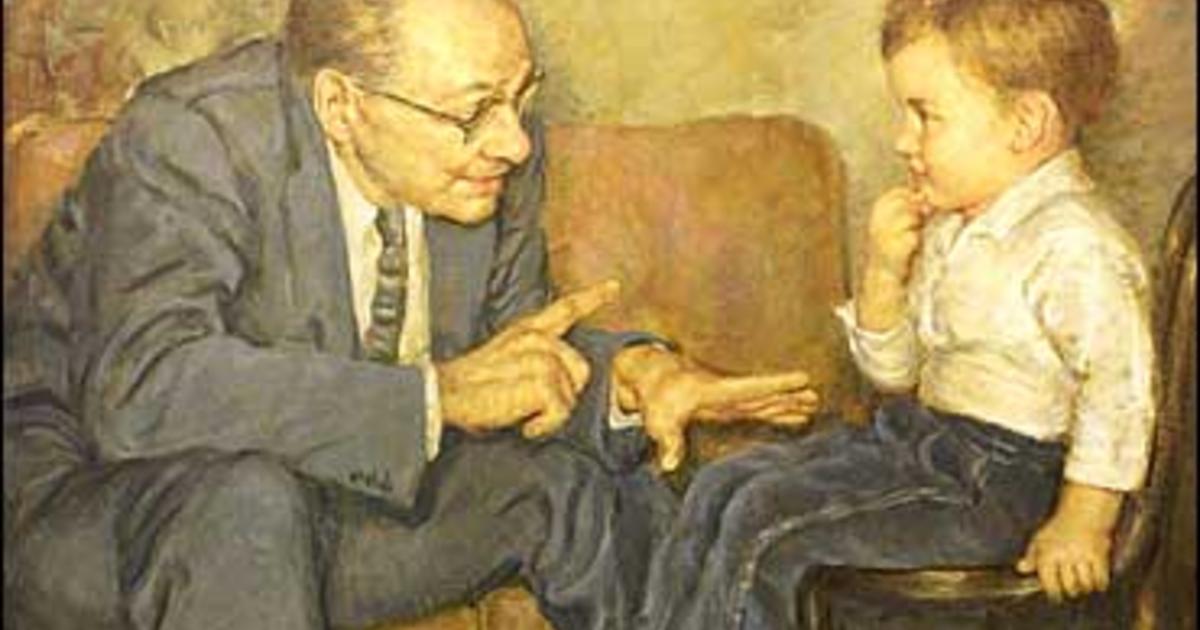
In 1939, 22 orphans living in Davenport, Iowa became the test subjects of Wendell Johnson and Mary Tudor, two researchers from the University of Iowa. The study was about stuttering, but it didn’t go quite the way you might think. The children were separated into two groups. Members of one group received positive speech therapy and was consistently praised for their speech fluency. The other group received negative speech therapy, which included being belittled for any speech imperfection they happened to make. In the end, children in the second group who spoke normally before the experiment developed speech problems that they reportedly retained for the rest of their lives. Johnson and Tudor never published the results of their study out of fear they would be compared to the human experimenters among the Nazis.
Project MKUltra
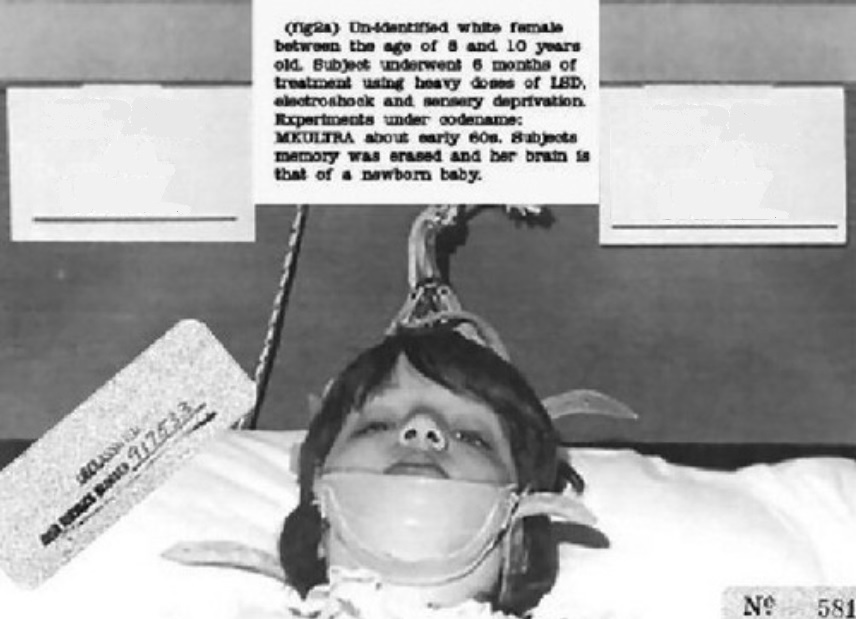
From 1953 to 1973, the United States government conducted a series of unethical experiments meant to figure out the best ways to manipulate the mental states of citizens, and then to “develop chemical materials capable of employment in clandestine operations.” Collectively, the experiments were called Project MKUltra and were officially sponsored by the CIA. Each experiment involved subjecting unknowing Americans to things like mind-altering drugs, sensory deprivation, verbal and sexual abuse, extreme isolation, hypnosis, and other forms of torture. Subjects were found at universities and in hospitals and prisons. Fortunately, Project MKUltra was ultimately shut down by Congress.
The Aversion Project

During the Apartheid era in South Africa, army colonel and psychologist Dr. Aubrey Levin was put in charge of “curing” the country’s homosexuals. Thousands of homosexuals were imprisoned at the Voortrekkerhoogte military hospital near Pretoria. While there, they were subjected to electroconvulsive aversion therapy meant to “reorientate” them. During this cruel therapy, homosexual men were shown pictures of naked males, then encouraged to fantasize before being subjected to severe shocks. When Apartheid finally ended, Levin left South Africa to avoid being named an abuser of human rights. He emigrated to Canada and currently works in a teaching hospital.
Unnecessary Sexual Reassignment
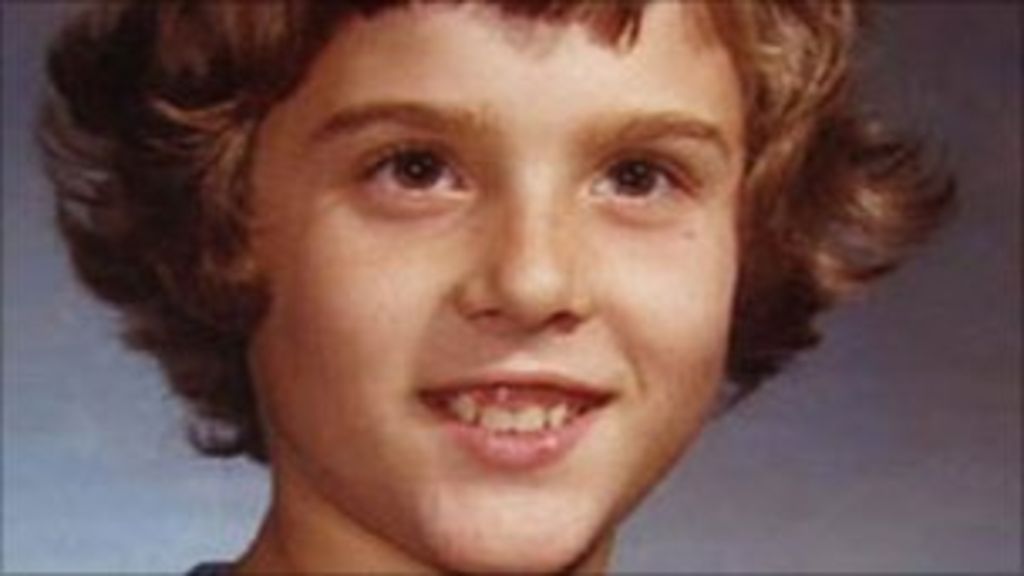
At seven months old, David Peter Reimer’s penis was accidentally maimed during a routine circumcision. Dr. John Money, a psychologist studying the idea that gender is learned, convinced the Reimer family that their son was now more likely to reach a successful sexual maturation if he were sexually reassigned as female. Over the years, Dr. Money continued to report that the reassignment had been nothing but successful, though he apparently failed to consult David. Before he committed suicide at the age of 38, David insisted that he had never identified as female, and described a childhood during which he was teased, cruelly ostracized by his peers, and was extremely depressed.
Stanford Prison Experiment
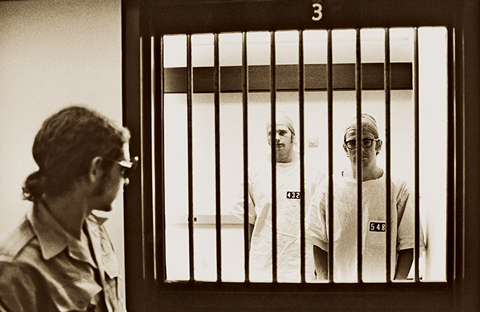
The Stanford Prison Experiment, perhaps one of the most famous forms of human experimentation ever conducted, took place in August of 1971. The purpose of the Stanford Prison Experiment was to study the causes of conflict between prisoners and those who guard them. Twenty-four male students were randomly assigned the role of either guard or prisoner, and then set up according to their role in a specifically designed model prison located in the basement of the psychology building on Stanford’s campus. It soon became apparent that those who had been given the role of guard were taking their job very seriously. They began to enforce harsh measures and subjected their “prisoners” to various degrees of psychological torture. If that’s surprising, perhaps it is even more surprising that many of the prisoners in the experiment simply accepted the abuses. The authoritarian measures adopted by the guards became so extreme that the experiment was abruptly stopped after just six days.
Milgram Experiment

In 1961, three months after Nazi Adolf Eichmann went on trial for war crimes, Yale University psychologist Stanley Milgram wondered how it was possible that Eichmann and “his million accomplices in the Holocaust were just following orders.” To figure out if such a thing were possible, Milgram set up an experiment meant to measure an individual’s willingness to obey an authority figure. In the experiment, two participants (one of which was secretly an actor) were separated in two rooms where they could only hear each other. The test subject then read a series of questions to the actor. Each time the actor would answer a question incorrectly, the test subject would push a button that administered an electric shock to the actor. Although many of the test subjects expressed a desire to stop the experiment at the first signs of screams, nearly every single one continued to push the button when they were told they would not personally be held responsible for any consequences.
The Monkey Drug Trials

In 1969, a research facility began an unethical experiment that would study the effects of drug addiction using animals. A large number of monkeys were trained to inject themselves with morphine, alcohol, cocaine, codeine, and a variety of amphetamines. Once each animal knew how to inject itself, they were essentially left alone with a large supply of drugs. Not surprisingly, the monkeys became extremely crazed. Some attempted to escape, and broke limbs in the process. Others tore all the fur from different parts of their bodies. Some mixed various drugs, and were dead within a few weeks.
Featured Programs
Facial Expressions Experiment

In 1924, University of Minnesota psychologist Carney Landis began an experiment to study common facial expressions. Specifically, he wanted to know if everyone’s expressions of happiness, shock, disgust, etc. appeared the same. To conduct his experiment, Landis recruited a number of student volunteers, then painted the lines of their facial muscles black. He then exposed each participant to various stimuli in order to photograph their reactions. Some such stimuli included pornography, ammonia, touching reptiles, and beheading rats, the latter of which ultimately changed the experiment into something that resembled the Milgram Experiment. One-third of the participants willingly beheaded the rat when told, despite the fact they did not know how to do such a thing humanely. For those who hesitated upon the direction to kill the rat, Landis decapitated the animal for them.
Little Albert

Those involved in psychology likely already know the name John Watson. Watson is known as the “Father of Behaviorism” and often used orphans in his various experiments. In one well known and especially unethical experiment, Watson used a nine-month old orphan known as Little Albert. At first, Little Albert was exposed to a variety of sights and sounds, including rabbits, monkeys, burning newspaper, and masks of all sorts. In the experiment’s second phase, Watson introduced Little Albert to a white rat. As with the other things, Little Albert didn’t show any fear of the rat. That is, until Watson began making loud noises with a steel bar anytime Albert touched the animal. Not surprisingly, the presence of the rat turned distressing. Soon, Little Albert expressed fear over anything fluffy and/or white, ultimately proving Watson’s hypothesis that fear could be conditioned.
Bobo Doll Experiment

In yet another 1960s-era Stanford experiment, psychologist Albert Bandura initiated an experiment meant to demonstrate the ways in which children learn behavior. Bandura’s experiment consisted of 72 primary-age children and a large inflatable doll named Bobo. Bandura had a percentage of his young test subjects watch an adult violently abuse Bobo both physically and verbally, then left each child alone in a room with the doll. Perhaps not surprisingly, a large number of children began to also abuse Bobo, many quite violently. Bandura repeated his experiments twice and received the same results each time.
The Pit of Despair

Harry Harlow is the comparative psychologist behind “The Pit of Despair,” an unethical experiment that used monkeys to learn about clinical depression. Harlow collected a group of monkeys ranging in age from three months to three years old. Knowing full well that juvenile monkeys stay with their mothers for longer than most mammals, Harlow isolated his young test subjects in small, lonely chambers. Every monkey in Harlow’s experiment had already bonded with its mother, and therefore the monkeys soon became extremely depressed. After a short amount of time, the monkeys stopped playing and interacting, and two of them even starved themselves to death by refusing to eat. Harlow’s experiment was widely condemned as cruel and unnecessary, and most agreed that the results were “common sense.”
The Bystander Effect
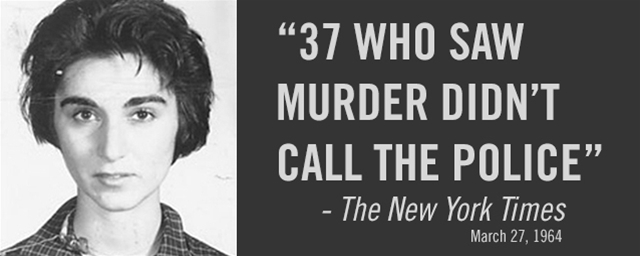
In 1968, psychologists Bibb Latané and John Darley became interested in the idea of the bystander effect — that is, the idea that witnesses do not take action to help someone when they are in a large group. Their interest stemmed from the murder of Kitty Genovese (pictured), a young woman who was stabbed to death in front of multiple witnesses, none of whom stepped in to save her life. At first, the psychologists’ experiments were relatively harmless. Soon, however, they became much more unethical. In one experiment, test subjects were put in a room with an actor who then pretended to have a seizure. The study found that when a group of subjects witnessed the seizure, few people stepped forward to help. Subjects who were in the room alone with the actor, however, were willing to step up much more quickly.
Learned Helplessness Experiment

In 1965, Martin Seligman conducted an unethical experiment using dogs. The purpose of the experiment was to see how control could be perceived, and if helplessness could be taught. To start, Seligman placed a dog in a box divided down the middle by a low barrier. He then administered a painful shock that the dog could escape by jumping over the barrier. Not surprisingly, every dog quickly learned that if he jumped to the other side of the box, he could avoid the pain of a shock. But Seligman took his experiment a step further. He then harnessed a group of dogs together so that they were unable to escape when he shocked them. The next day, he placed those same dogs individually in the original box. But this time, though each dog could have simply jumped the barrier to safety, none of them did. They had been taught to be helpless.
Racism Among Elementary School Students

This controversial experiment is the only one on our list that was not conducted by an actual psychologist. Rather, Jane Elliott was an elementary school teacher and her test subjects were her 8-year old students. In 1968, a few days after Martin Luther King, Jr. was assassinated, Elliott struggled to explain racism to her young students. Instead, she split them into two groups: one group made up of students with brown eyes, and one group of those kids with blue eyes. Then, Elliott treated those with blue eyes as a superior group, and cited fake scientific studies claiming those with blue eyes were better. After a few weeks, she switched the groups. Though many students in Elliott’s class later regarded the classroom experiment as “life changing,” Elliott received public backlash over her teaching methods. While some people merely had an issue with deceiving such young children, others had an issue with the fact that she was exposing white children to inferior treatment.
UCLA Schizophrenia Experiments

Beginning in 1983, UCLA research psychologists Michael Gitlin and Keith H. Nuechterlein went to great — and often unethical —lengths to study why and how people suffering from schizophrenia relapse. Specifically, the two doctors wanted to find out if it was possible to predict psychosis. They recruited hundreds of schizophrenics to take part in the experiment, then took a large number of them off their medication. Unfortunately, Gitlin and Nuechterlein failed to plan a suitable timeline in which their test subjects could return to their medication. They also failed to protect those participating during the times in which they were studied. The weight of their failure culminated in one test subject, Antonio LaMadrid, jumping from the roof of a nine-story building to his death.
The Good Samaritan Experiment

This Princeton University experiment sought to test just how willing people are to do a good deed. The experiment involved inviting 40 students to give a speech about what it means to be a Good Samaritan. On each participant’s way to their speech, however, an actor was put in place to feign severe distress and pain. For a percentage of the participants, the actor even acted as if they were part of an extreme emergency, such as a heart attack. Shockingly, fewer than 50% of the students stopped to help the actor, and less than 10% of the “high urgency” group stopped. Reminder: many participants were unwilling to help, even though they were on their way to discuss the benefits of being a Good Samaritan.
Robbers Cave Experiment

Loyalty is a powerful motivator, as proven by the Robbers Cave Experiment. Psychologist Muzafer Sherif organized this experiment over the course of a three-week summer camp in Robbers Cave State Park in Oklahoma. Sherif split the campers — all boys ages 11 and 12 — into two groups. At first, neither group knew of the other’s existence. After a few days of bonding, the two groups were allowed to compete with each other in various games. The games were already fraught with tension, but became even more so when Sherif manipulated the outcomes so that the final game scores were always extremely close. Fortunately for all involved, the final stage of Sherif’s experiment involved the two groups of boys working together towards a common goal. While the experiment has proven controversial for its use of children who were unaware they had become test subjects, the end result was one large group of boys who all got along.
Related Resources:
